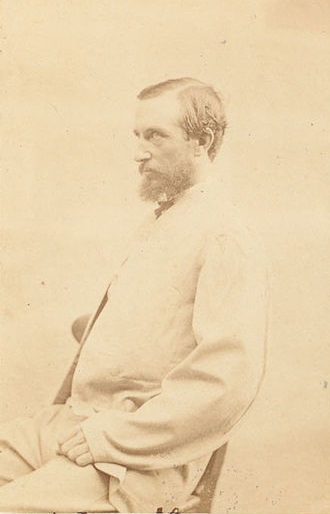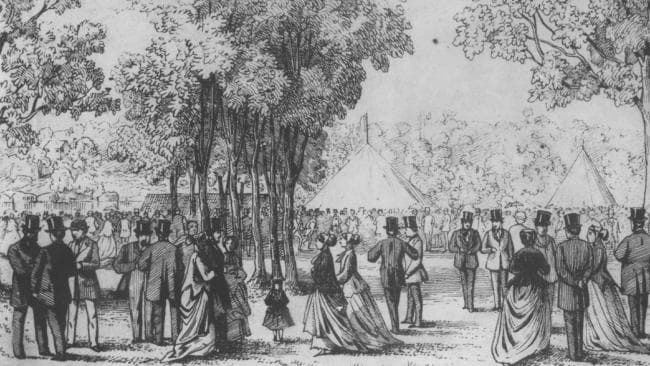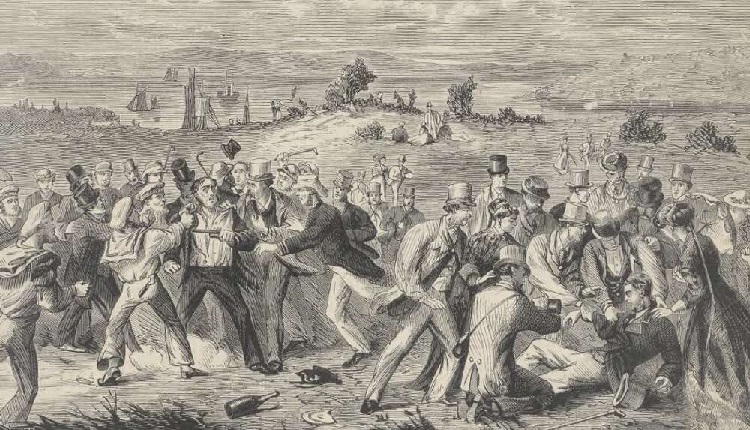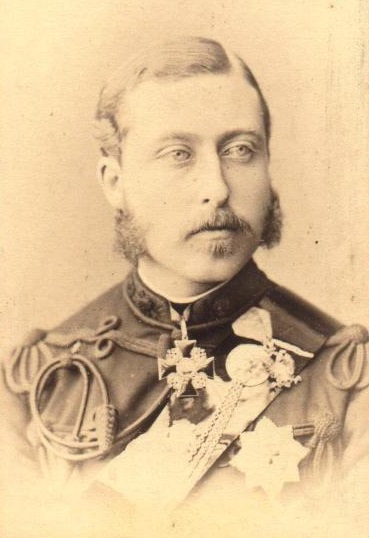Lone Wolf Republican | The life of Henry James O’Farrell
Henry James O’Farrell is a name largely unknown in today’s world but 150 years ago his name was trending for all the wrong reasons when he carried out an assassination attempt on a member of the Royal family.
O’Farrell was born in 1833 at Arran Quay Dublin City. His father was a butcher who decided to take his young family to the other side of the world where the promise of a better life was waiting for them in Australia.
He was just eight years old when he arrived in the land down under. His father became a land agent in Ballarat and the family financially prospered but young Henry was destined for a darker path in life.
Henry O’Farrell wanted to join the priesthood but he failed to get ordained when Archbishop James Gould refused to do so in 1862. O’Farrell had clashed with the hierarchy in the Australian church due to his off-kilter views and so, this failure to become a priest opened the door to self destruction.

O’Farrell’s brother Peter had become a solicitor in Melbourne and for a brief time he gave employment to his sibling but his drinking increased, his mental health declined and Peter found it impossible to keep his brother employed.
O’Farrell found a job selling fruit at Ballarat’s Haymarket. This also proved to be a short stint of stability in an unstable life and he headed to the outback to join his cousin Joe Kennedy in sheep farming. Cousin Joe was a raging alcoholic and because O’Farrell also had a great lip for drinking their partnership proved disastrous and their sheep farming venture was a failure.
When money and booze dried up, Joe entered into severe stages of withdrawal symptoms which subsequently killed him. O’Farrell left the outback and headed back to the streets of Ballarat where he roamed them in a state of serious disturbance. In 1867 the police picked him up when he was waving two pistols and preaching gibberish at people on the streets and he was packed off to an asluym.
After a year O’Farrell was released and made his way to Clontarf, a seaside suburb just north of Sydney. Named after the Dublin suburb where Brian Boru dispatched the Danes in 1014, Australia’s Clontarf was the venue of a charity event called The Sailors Picnic on March 12th 1868 and the guest of honour was Prince Alfred Duke of Edinburgh.

The 23 year-old prince was the 4th child of Queen Victoria and was on a Royal visit to Australia when he attended the event at Clontarf. In the days before The Sailors Picnic, O’Farrell booked into Tierneys Currency Lass hotel but his drunkenness and violent behaviour towards other guests saw him thrown out of his lodgings. O’Farrell then went to to the Clarendon Hotel from where he set out on the morning of March 12th to assassinate Queen Victoria’s son.
35 year old O’Farrell trudged his way through the large crowd that congregated around Prince Alfred at The Sailors Picnic, took a pistol from his pocket and shot the Royal. As the bullet hit his back the prince screamed out “Good god my back is broken!” O’Farrell decided to shoot again but his second bullet failed to hit the prince, instead it lodge in the foot of a bystander George Thornes who promptly fainted.

The crowd turned into a blood lusting lynch mob and almost ripped O’Farrell from limb to limb. The police had a difficult task to retrieve the Dubliner from the angry mob. He had most of his clothes torn off him and from tip to toe he was battered to a pulp but the lawmen managed to successfully save O’Farrell for the gallows.
The prince survived, as did Mr Thornes. Prince Alfred spent just under two weeks recovering in the care of Australian nurses trained by Florence Nightingale.
O’Farrell falsely claimed he shot the Prince on the orders of the Irish Republican Brotherhood and even though the Fenian movement publicly stated that O’Farrells claims were false, it did not stop a wave of anti-Irish sentiment sweeping Australia as mobs attacked Irish-owned businesses as well as homes of Irish emigrants.
O’Farrell’s trial began on the 30th of March and two days later the judge handed down a sentence of death.

Prince Alfred asked for clemency for O’Farrell on the grounds he was insane but, not even a royal plea could spare O’Farrell from the gallows and on the 21st of April 1868 he was hanged at Darlington gaol. O’Farrell’s remains were buried in the Catholic section of Rookwood necropolis where today a small brass plaque simple states his name but not his deed that put him in that grave.
At the scene of the attempted assassination there is an illustrated plaque depicting the infamous event which took place there 150 years ago but perhaps the most enduring memorial to Henry O’Farrell’s failed assassination is the Royal Prince Alfred Hospital in Sydney.
After the attempt on his life, Prince Alfred decided the best way to thank those who cared for him would be to build a memorial in the form of a hospital. Today the Royal Prince Alfred Hospital is the biggest hospital in New South Wales and the most advanced teaching hospital in Australia. So, I suppose you could say that some good did come from the mad actions of an Irishman in Australia 150 years ago.
